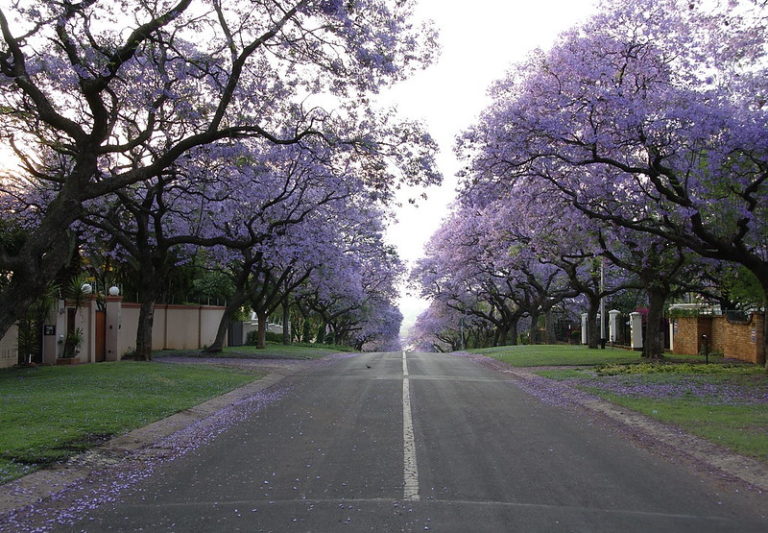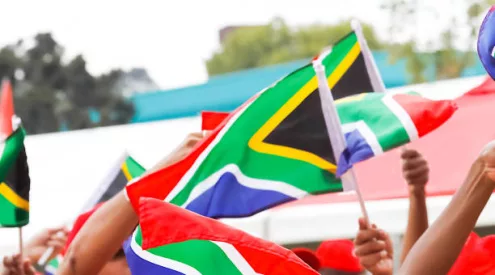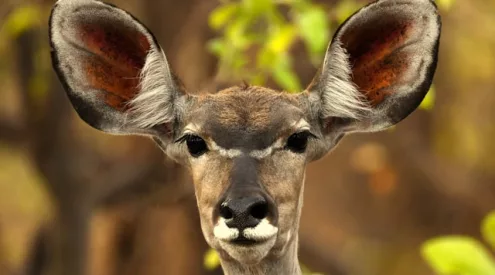Every year around late September to early November, the Gauteng province turns purple with jacarandas. However, jacarandas seem to have bloomed rather earlier than usual this year. The jacaranda is not a native African tree and it is believed to have arrived in Gauteng during the 1800s.

The jacaranda became so popular that they were planted specifically as ornamentals to line the streets of suburbs and central business districts in Johannesburg and Pretoria.
Jacarandas did not always bloom in September. During the 1920s and 1930s, these trees used to bloom in mid-November, and then gradually over the decades advanced to blooming in October and then eventually September. This shift of the blooming season is known as a phenological shift that results from climate change.
The change in the timing of jacaranda blossom has been studied and a paper has been published in the Journal of Forestry and Urban Greening. The study proves that phenological shifts are species and location-specific, and to contribute to the global attempts at recording phenological shifts, they compiled a list of flowering dates of jacaranda trees spanning from 1927-2019.
The records confirmed the advance in flowering dates of which a mean rate of 2.1 days per decade was quantified.
The strongest climatic driver of the phenological advance of jacaranda blossoms in the Gauteng region was found to be daily maximum temperatures during the month of June. This means that by the time spring comes around, day-to-day temperature and rainfall will have less impact on when the trees flower.
The Conversation emphasised that phenological shifts represent an adaptation strategy for the plants. As the temperature continues to rise, a more general risk of heat stress to the tree is heightened. This simply means that the years of purple spring seasons in Gauteng are limited.
Take a look at the spectacular jacarandas from previous years:
ALSO READ:
PICTURE: Flickr
















